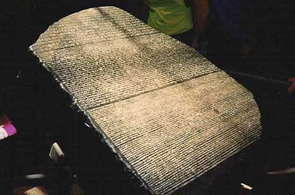A photo showing the Rosetta Stone. The Stone is now housed in the British Museum. The Stone has hieroglyphics first, then Demotic, then Greek.
Click on image for full size
Rosetta Stone
For thousands of years, the Egyptian civilization used a written language called hieroglyphics. You may have seen this language before. It uses a lot of pictures to get a point across.
When people started using Latin and Greek instead of hieroglyphics, nobody thought to write down how the old language was used. Years later, this made it very hard for anyone wanting to study the cool Egyptian culture.
The language might still be a mystery if not for the discovery of the Rosetta Stone. This block has three sections of writing on it--one in hieroglyphics, one in another language called Demotic (another language used in Egypt), and one in Greek.
When studying the stone, people realized that it contained one message written in three languages. This provided the key to being able to crack the hieroglyphics code! Today we often hear something compared to the Rosetta Stone if it provides a key to a code. It is for this reason that the newest comet mission, Rosetta, was named after this famous stone. Hopefully, the Rosetta mission's findings will provide a key to the "code" of where comets came from.
You might also be interested in:
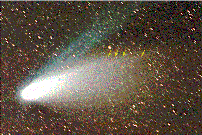
Comet Hale-Bopp was one of the brightest comets of all time. Astronomers witnessed the comet spew out intermittent bursts of dust. The surface seemed to be an incredibly dynamic place, with 'vents' being
...more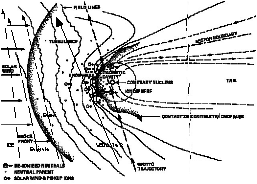
Six spacecraft flew to Halley's comet in 1986. There were two spacecraft launched from Japan, named Suisei and Sakigake, and two from the Soviet Union, named Vega 1 & 2. One spacecraft, ICE, was from the
...more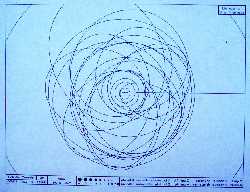
Astronomers have noticed a group of comets which they call the Jupiter Family of Comets. This family of comets is to be found circling between Jupiter and the sun, as shown in this picture. The comets
...more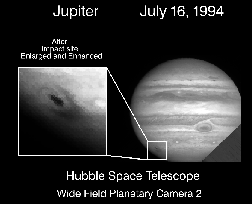
Scientists have learned a great deal from the crash of comet Shoemaker-Levy 9. Scientists traced the orbit of the comet backwards in time to guess its origin. The crash of a comet like Shoemaker-Levy 9
...more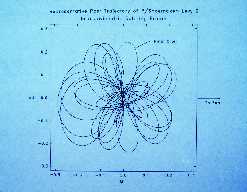
Mathematical theory suggests that comet Shoemaker-Levy 9 was likely a short-period comet which was captured into orbit around Jupiter in 1929. This orbit ended with a collision of the comet with Jupiter
...more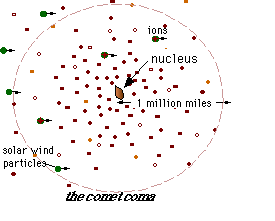
As the ices of the comet nucleus evaporate, they expand into a large cloud around the middle part of the comet. This cloud, called the coma, is the atmosphere of the comet. It can extend for millions of
...more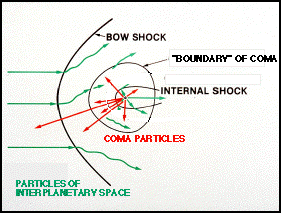
When evaporation begins, the gas is propelled from the nucleus at supersonic speed (depicted by arrows in the figure). Because of the low gravity in space, this means that the molecules from the nucleus
...more


